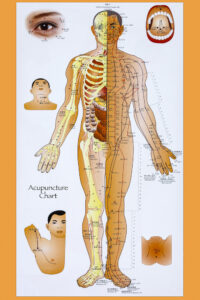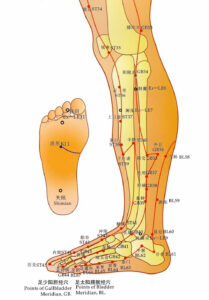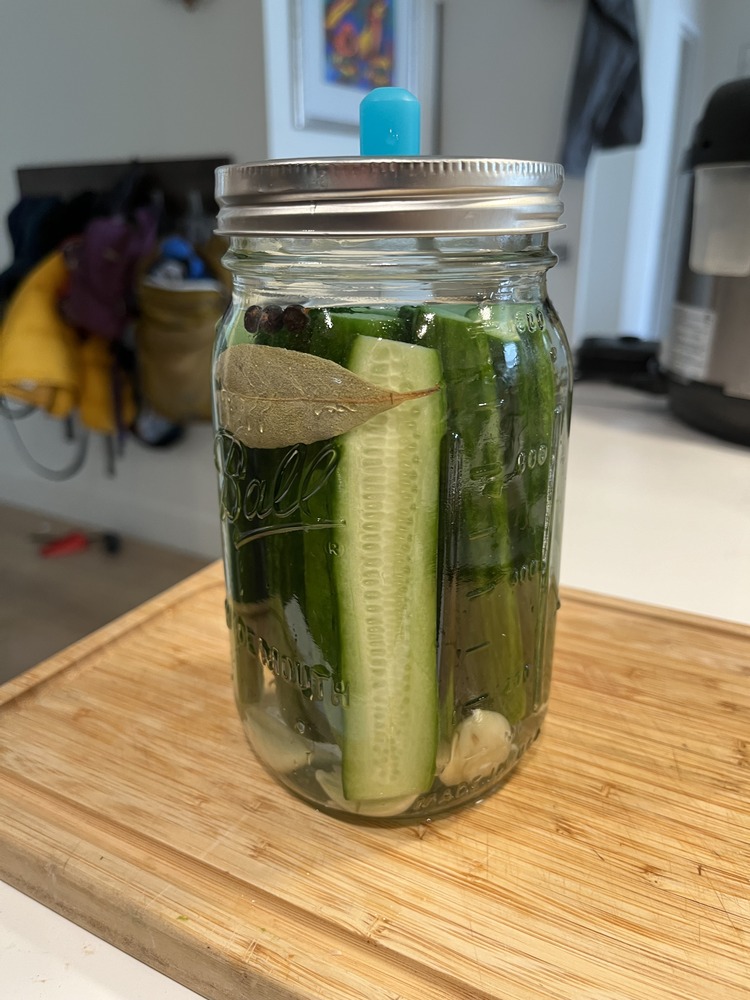Acupressure offers a gentle yet profound way to stimulate the body’s natural healing abilities. Central to this practice is Qi, the energy that circulates through pathways in the body known as meridians.
When qi flows freely, it promotes health and well-being; however, blockages or imbalances can lead to discomfort or disease. Acupressure restores this balance by applying pressure to specific points along the meridians, each linked to different aspects of physical and emotional health.
One of the key points in acupressure is Kidney 3, also known as Tai Xi or the “Great Ravine,” located on the kidney meridian. This point influences the body’s reservoir of qi, which in turn can boost your overall health.
As an acupuncturist, I will often give acupressure routines to patients for them to take home and do on their own. Kidney 3 is one of the most commonly used points for acupressure for back pain, boost fertility, and overall energy.
This blog post will introduce you to this Kidney 3, explain the underlying principles of acupressure, as well as explain how to perform it.

The Role of Qi in Health and Vitality
Qi (pronounced “chee”) is the energy that flows through our bodies. It sounds mystical, but in medicine Qi is a very practical concept. It is the energy that drives the body’s functions, including movement, growth, immunity, healing, reproduction, etc.
Qi circulates through pathways known as meridians, which connect the body’s organs and systems, forming an intricate network. This circulation of qi is essential for maintaining health and vitality. When qi flows freely and abundantly, the body is in a state of balance and wellness. However, if the flow of qi is blocked, deficient, or imbalanced, it can lead to various health issues.
Kidney Qi: Growth, Maturation, and Reproduction
 Chinese medicine has its own language and physiology of the body. The organs are each associated with their own meridians which are both connected to the specific functions. The Kidneys are in charge of growth and maturation, reproduction, as well as regulating the fluids of the body.
Chinese medicine has its own language and physiology of the body. The organs are each associated with their own meridians which are both connected to the specific functions. The Kidneys are in charge of growth and maturation, reproduction, as well as regulating the fluids of the body.
A deficiency or imbalance in kidney qi can lead to various health issues, such as chronic fatigue, reproductive disorders, back and knee pain, hearing problems, and imbalances in fluid regulation
It’s important to note that acupuncture organs are not the same as Western Medicine organs. So if there is a kidney qi weakness, it does not necessarily mean there is a problem with your kidneys. But there are overlaps with western medicine and Chinese medicine. For example the Kidneys make urine in both medical systems.
Pathway and Functions of the Kidney Channel
The kidney channel begins at the underside of the foot, near the ball of the foot, and runs along the inner aspect of the leg, passing through the inner knee and thigh, before entering the torso. It connects with the kidney organ itself, ascends through the liver and lung, and finally reaches its highest point in the throat, influencing the function of the tongue and the ears.
This meridian is instrumental in regulating the water balance in the body, controlling the reproductive system, and supporting the growth and development processes.
Health Benefits of Kidney 3
Kidney 3 is the third acupuncture point on the kidney channel. It is called the Great Ravine (Tai Xi) in Chinese. It is often used to strengthen kidney qi, nourish the body’s yin and yang, and support the fundamental essence (jing). Stimulating this point can help boost the energy in the body and address issues like back pain, insomnia, and fatigue and many other conditions related to deficiencies or imbalances in the kidney’s energy.
Locating Kidney 3
 Position: Kidney 3 is located on the inner side of the foot, directly between the Achilles tendon and the medial malleolus (the prominent bone on the inner ankle).
Position: Kidney 3 is located on the inner side of the foot, directly between the Achilles tendon and the medial malleolus (the prominent bone on the inner ankle).
Sit in a comfortable position where you can easily reach your foot, preferably in a quiet space where you can relax without distractions.
Gently place your thumb or forefinger on the KI 3 point. Apply steady, moderate pressure directly onto the point. The pressure should be firm but not painful. If you feel any pain, reduce the pressure.
Use small circular motions to massage the point, or press directly and hold for 1-3 minutes. You can also use a slow kneading motion by grabbing both sides of the skin near the achilles tendon.
While applying pressure, take slow and deep breaths to help facilitate relaxation and enhance the flow of energy. You can also concentrate on the point of pressure and visualize the energy flowing through the kidney meridian, enhancing healing and vitality.
Additional Tips
For balanced energy flow, it’s often recommended to stimulate the corresponding point on both feet, not just one. The acupuncture points are bilateral.
Sensitivity at the acupressure point can vary between individuals. Adjust the pressure to your comfort level, and avoid overstimulation.
Make it a Routine
Incorporating acupressure into personal care routines offers a proactive approach to maintaining health and well-being.
It is said that massaging qi boosting points daily for 100 days helps to strengthen the energy of the body. So get started and keep stimulating!
Integration with other Acupressure Points
Integrating Kidney 3 (KI 3) with other acupressure points can enhance its effectiveness and provide more comprehensive health benefits.
Imbalances such as Qi Stagnation, qi which is not flowing enough, you may choose other acupuncture points such as LI 4 or SP6.
Spleen 6 (SP 6) – San Yin Jiao
Location: On the inner leg, four finger-widths above the ankle bone, in the depression near the tibia.
Benefits: SP 6 is a powerful point for harmonizing the spleen, liver, and kidney meridians. It’s particularly beneficial for reproductive health, digestive issues, and pain. Combining SP 6 with KI 3 can enhance the nourishing effect on the kidneys, as well as helping to reduce menstrual cramps and supporting fertility.
Location: On the wrist, on the crease, in line with the little finger.
Benefits: HT 7 calms the mind and spirit, aiding in anxiety, insomnia, and emotional disturbances. Paired with KI 3, it can help balance the heart and kidney relationship in TCM, promoting emotional stability and heart health.
Large Intestine 4 (LI 4) – He Gu
Location: On the hand, between the thumb and index finger, at the highest spot of the muscle when the thumb and index finger are brought close together.
Benefits: LI 4 is renowned for its ability to relieve pain, reduce inflammation, and promote the flow of qi and blood throughout the body. When combined with KI 3, it can enhance pain relief, especially in cases of headaches, menstrual cramps, and back pain, and support the overall flow of qi.
Feel Better, Do Acupressure!
Kidney 3 is an important acupoint that nourishes kidney qi. The integration of acupressure into daily personal care routines offers a proactive approach to maintaining balance and harmony. It empowers individuals to actively participate in their health management, fostering a deeper connection with their body’s signals and needs.
This blog post is for educational purposes only. It does not represent medical advice. For help in acupuncture or acupressure please consult a qualified practitioner.



